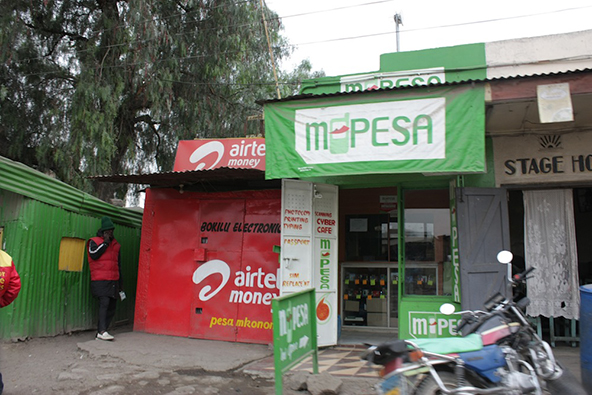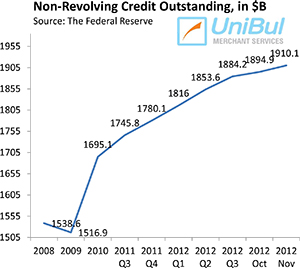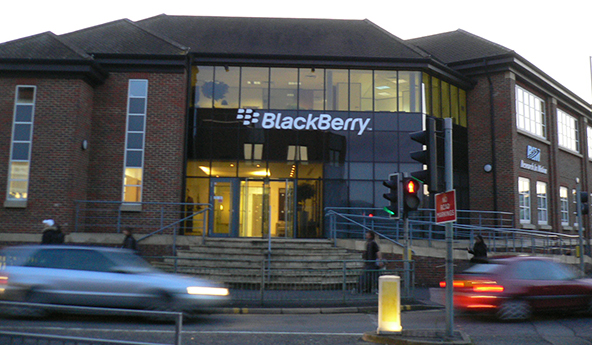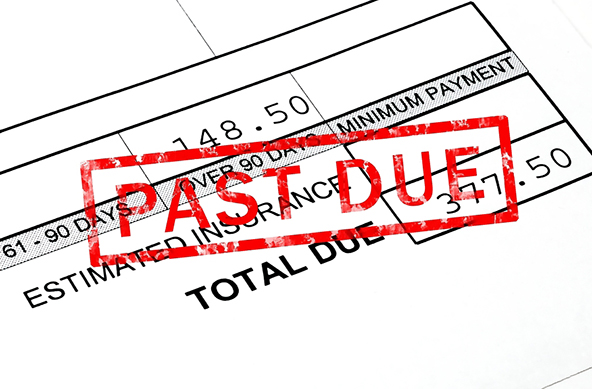How Is Mobile Money Doing in Africa?

Much praise has been lavished on Africa’s M-Pesa for building a mobile payments system that has enabled half of Kenya’s citizens to send money to one another even in the most rural of places, only with the help of their mobile phones. By most accounts, M-Pesa’s story has been an unqualified success and at UniBul we certainly subscribe to that view.
Well, that’s not how Tony Burkman — a technology expert — sees it. In a piece for the BBC’s Matter of Life & Tech, Burkman argues that M-Pesa, “the poster child of mobile money in Africa”, paints a false picture of the continent. It’s a story that makes for “great PR for a continent used to bad press”, he says, but the reality is that “[m]obile money has only really taken off in one country out of 55 on the continent”. Burkman is of course factually correct, but I really don’t get his point. He seems to be telling us not to get too excited over M-Pesa’s achievements, because there is a lot more work to be done. But there is always and everywhere a lot more work to be done! And in this particular case, M-Pesa has already achieved quite a bit. But let’s take a closer look at Burkman’s argument.
The State of Mobile Money in Africa
Burkman does acknowledge M-Pesa’s achievements:
The service allows people to use their phones like a bank account — depositing, withdrawing and transferring money with their handset. People can also pay utility bills and — less commonly — pay for goods in a limited number of shops. It currently has around 20 million subscribers — around half the population of the East African nation.
However, he adds, the belief held by some that the success of mobile money in Kenya is the “norm across Africa” is mistaken:
But in other countries, the quest to replicate Kenya’s success remains a difficult and uphill struggle. Attempts to roll out M-Pesa in countries like Tanzania and South Africa have faced a range of obstacles and have failed to emulate Kenya’s success. While in countries like Nigeria, Uganda and Ghana, other mobile money projects are beginning to pay off, but there is still a long way to go.
That is all factually correct, but then Burkman makes the following conclusion and completely loses me:
It seems mobile money as a stand-alone offering does not excite most consumers who operate in economies where cash is still king. In fact research suggests that even if consumers know their network has a mobile money proposition, very few find any use for it.
How so? Didn’t M-Pesa excite most consumers in Kenya – a country where cash was king before mobile money became available? Of course it did, and for a good reason.
The Case for Excitement
As National Geographic’s Olivia O’Sullivan put it in an excellent article a couple of months ago,
For people who live in isolated areas, the service means no longer having to carry lots of cash to markets or towns, risking losing huge amounts to banditry and theft. For people without permanent addresses or bank accounts, the service means they can pay what cash they have to m-Pesa in exchange for mobile credit, making payments and transfers and building up savings — becoming participants in an economy from which they had previously been locked out. For migrants, the service allows them to send money home to their families and villages safely and simply… For Kenyan businesses, the service means payments for stock or repairs can happen almost instantaneously, wiping out the need to rely on bank clearances and flawed infrastructure which had clogged the economy with inefficiencies and delays.
Small wonder then that Kenyans signed up for the service in their millions. But why was M-Pesa not nearly as successful in the other countries it was introduced? Well, we have written on that subject before and, in fairness, Burkman does list a couple of the most important factors explaining the discrepancy: Kenya benefitted from favorable regulatory framework and from Safaricom’s — M-Pesa’s parent company — position as the country’s dominant mobile carrier. Not every developing country could offer such a combination. Furthermore, a third, and in my opinion every bit as important factor, is the fact that not everywhere was there as much suppressed demand as there was in Kenya. For example, whereas only ten percent of Kenyans have access to traditional financial services, the equivalent share is 48 percent in India and 46 percent in South Africa, two other markets where M-Pesa operates, but hasn’t been able to replicate its success in Kenya. On the other hand, as Burkman notes, “in countries like Nigeria, Uganda and Ghana, other mobile money projects are beginning to pay off”. These are all countries with plenty of suppressed demand for financial services.
The Takeaway
So I can’t find any evidence to support Burkman’s argument that consumers in developing countries where cash is king are reluctant to give mobile money a try. On the contrary, M-Pesa’s track record clearly indicates that consumers in such countries are more than willing, indeed excited, to use such services, if offered on reasonable terms. Now, is there room for improvement? Of course there is, but that is always the case and it does not mean that Africa’s is not making progress on the mobile money front.
Image credit: Semacraft.com.


